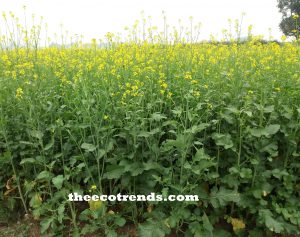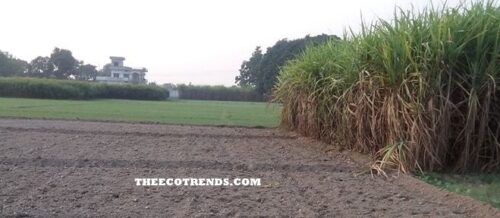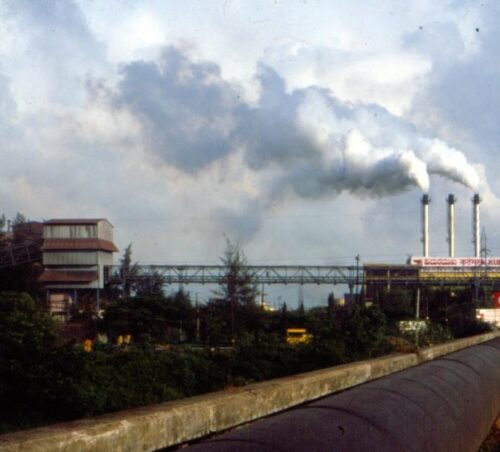The resources that provide food to living organisms are called as food resources.
What is food? A mix or resources derived from either plants or animals or both that may cause development of bodies of organisms, provide energy and protect from diseases is called as food.
The food should contain following three types of components- (i) Body builders like Proteins and Minerals, (II) Energy Liberators like Carbohydrates and Fats, (III) Regulators like Vitamins and Hormones.
Some organisms eat plants and their products and are called as Herbivores while others eat animals and animal products and are called as carnivores. The explosion in human population has led to the crisis of food. At this stage more production of animals, animal products and others is supplementing to our vegetable food resources.
More and more production of food grains by growing High Yielding crop varieties has made India self sufficient in grain production. Not alone the High Yielding crop varieties but adoption of crop safety steps together with proper arrangement of irrigation, farm machinery etc have also been deployed to save time and man power and to contribute to self sufficiency in grain production. These revolutionary changes in agriculture are called as the Green Revolution. Prof. M.S.Swaminathan in India is called as the father of the Green Revolution.
The domestication of hybrid varieties of cows, buffaloes, goats etc. led to the production of more and more milk. All this was done under the “Operation Flood” started by V.Kuriean who is called as the Father of White Revolution in India. The term White Revolution means revolutionary increase in milk production. The varieties of hybrid hen led to the revolutionary increase in the production of eggs. This is called as the Silver Revolution in India.
The Green Revolution model of agriculture in India harmed the biosphere due to the application of pesticides and synthetic fertilizers. It made agriculture unsustainable because it damaged the soil productivity also. Thus a new model of agriculture is needed to be evolved that cannot damage our environment and that may produce more food. This may be called as the Sustainable Agriculture. This agriculture incorporates mixed cropping, intercropping, and crop rotation techniques.
Growing more than one crop together in a field is called as mixed cropping. It has been a popular agriculture system of India. Following facts are considered while planning for mixed cropping-
The crops to be grown together must be the crops of the same season. Wheat, mustard, Bajra, gram, alsi and soybean are the crops that are grown in the same season. For growing together, root systems of crops are considered. Plants of fibrous root system should be grown with the plants of the tap root system. Some other considerations for the mixed cropping are as below –
- The life periods of crops should be different
- The heights of plants of different crops should be different
- The root systems of different crops should be different
- The water requirements of different crops should be different
- The nutritional requirement of different crops should be different

The alternate cropping is a system of cropping in which two different crops are grown in separate alternate lines. This method is more beneficial because production per unit area is greater and it facilitates the application of fertilizers.




